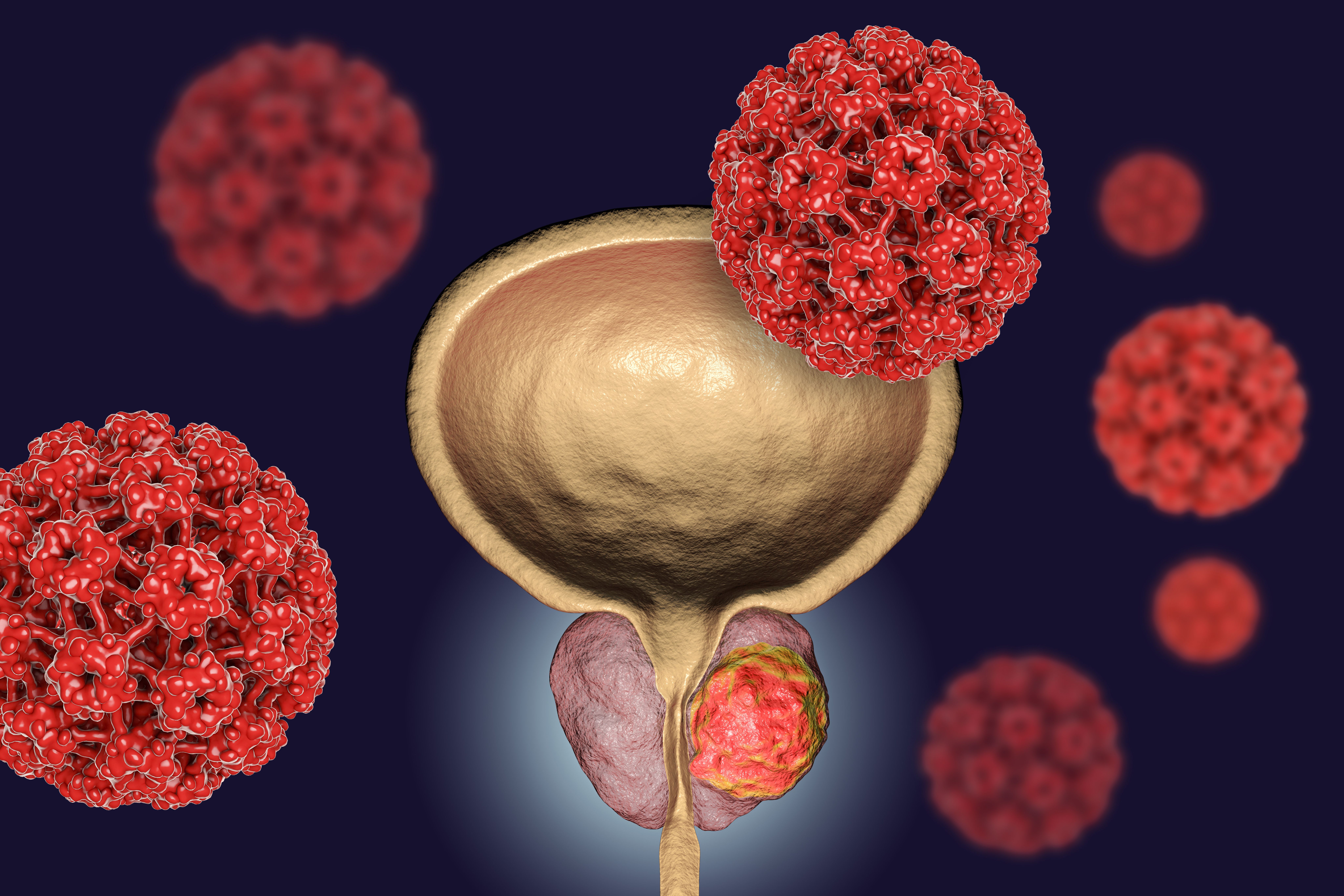The first of approximately 48 patients has been dosed with the combination of pidnarulex (CX-5461) and talazoparib (Talzenna) in the phase 1 REPAIR trial (NCT05425862) of patients with metastatic castration-resistant prostate cancer (mCRPC), according to an announcement by Senhwa Biosciences, Inc.1
Pidnarulex is an agent that targets the DNA repair irregularities in tumors with homologous recombination deficiency. The agent works by stabilizing DNA G-quadruplexes of cancer cells and interfering with the cell’s replication fork. Conclusively, pidnarulex leads to cancer cell death.
About the REPAIR Trial
Trial Name: Phase 1 Trial of Pidnarulex and Talazoparib in Patients With Metastatic Castration Resistant Prostate Cancer
ClinicalTrials.gov Identifier: NCT05425862
Sponsor: Peter MacCallum Cancer Centre
Recruitment Contact: Shahneen Sandhu +6138559 7899 shahneen.sandhu@petermac.org
Completion Date: December 30, 2025
The FDA recently granted fast track designation for pidnarulex for the treatment patients with BRCA 1/2- and PALB2-positive ovarian or breast cancers. Considering that prevalence of BRCA 1/2 -positive prostate cancer tumors, pidnarulex may have a role in the United States. Specifically, the agent could be a future option for patients with BRCA 1/2-positive mCRPC who are resistant to treatment with FDA-approved PARP inhibitors.
REPAIR has an open-label, multicenter, dose-escalation design. During the study, patients with mCRPC with be given escalated doses of both pidnarulex and talazoparib to achieve the primary end point of determining the maximum-tolerated dose of pidnarulex, as well as the recommended phase 2 dose. Secondary end points that will be assessed during the study include safety, prostate specific antigen (PSA) response, radiographic progression-free survival (PFS), PSA PFS, overall survival, duration of response, and treatment discontinuation rate.2
Patients are eligible to enroll in REPAIR if they are 18 years of age or older with histologically or cytologically confirmed mCRPC, an ECOG performance status of at least 1, and adequate bone marrow, hepatic, and renal function. Further, patients must have a PSA of ≥ 5ng/ml at the time of registration, as well as serum testosterone levels ≤ 50ng/dL within 28 days prior to cycle 1 day 1, and a life expectancy of at least 24 weeks.
Patients are also required to have progressed on a second-generation androgen receptor targeted therapy, received at least 1 prior line of chemotherapy, have progressive disease at the time of study entry, or have undergone prior surgical orchiectomy or chemical castration.
The study is actively recruiting patients for the first study site, Peter MacCallum Cancer Centre in Melbourne, Australia.
“Pidnarulex alone has shown efficacy in tumor cells resistant to PARPi in the preclinical studies. Therefore, we think pidnarulex demonstrates great potential as an alternative treatment for prostate cancer patients who have acquired resistance to PARPi or other chemotherapies,” said Dr. Jin-Ding Huang, PhD, chief executive officer, Senhwa Biosciences, in a press release.1
REFERENCES:
1. Senhwa announces first patient successfully dosed in phase i study of pindnarulex in combination with Pfizer’s talazoparib for the treatment of prostate cancer. News release. October 31, 2022. Accessed November 1, 2022. https://www.senhwabio.com/en/news/20221031
2. Pidnarulex and talazoparib in patients with metastatic castration resistant prostate cancer (REPAIR). ClinicalTrials.gov. Updates October 28, 2022. Accessed November 1, 2022. https://clinicaltrials.gov/ct2/show/NCT05425862?term=CX-5461&draw=2&rank=3
